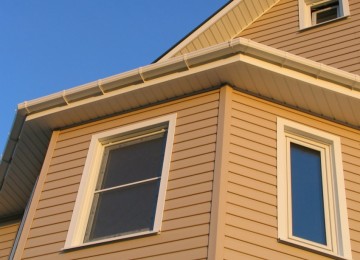Water hardness is understood as a set of physical and chemical characteristics of a liquid, determined by the salt content in it and the presence of impurities. An increase in the indicator leads to undesirable consequences for health, some electrical appliances, and has hygienic issues. Read more about this in our article.
Why is water hard?
Water turns into this due to the excess content of magnesium and calcium in it. The units of measurement for hardness are:
- milligram equivalent per liter (mg-eq/l);
- millimoles per liter;
- degree of hardness (°Zh or °DH).
Salts that cause hardness
The rigidity depends on various connections:
- nitrates, chlorides, magnesium carbonates;
- gland;
- bicarbonates, sulfates, calcium sulfides.
The former are characterized by less solubility, change the taste of water, and provide the appearance of bitterness.
Classification of water by degree of hardness
In the Russian Federation, it is customary to measure the indicator in degrees of hardness (°F). Based on their number, a classification was created. However, there is another, according to which rigidity is divided into:
- Carbonate (temporary). In this case, magnesium and calcium compounds and iron predominate in the water. Boiling is most often used to soften.
- Non-carbonate (permanent). The composition includes calcium and magnesium salts of strong acids. It's more difficult to fight them.
- General. It is calculated as the sum of carbonate and non-carbonate hardness indicators.
Soft
Less than 2° F is distilled water, containing almost no mineral additives. Well suited for bathing, also does not have a negative effect on dishes or electrical appliances. But a person should carefully monitor the minerals and vitamins they receive from food or when taking dietary supplements, since when drinking they will not receive the required amount of these substances.
Medium hard water
This includes liquids whose indicator varies from 2 to 10° F. In the Russian Federation, this is often found in water intended for drinking.
Tough
More than 10° (20 or 30). Harmful to organisms, negatively affects electrical appliances, communication networks, pipes. It is recommended to install filters to soften such water.
| Water hardness level | Indicator in mEq/l | Indicator in °Zh | Indicator in ppm |
| Too soft | up to 1.5 | up to 1-1.5 | 0-70 |
| Soft | 1,5-4 | 1,6-4 | 71-140 |
| Medium hard | 5-8 | 5-12 | 141-210 |
| Highly rigid | 9-12 | 13-22 | 211-320 |
| Super hard | over 12 | 23-34 | 321-530 |

How hard water affects humans
Excessive amounts of salts negatively affect the health of humans and pets.
Irritation of mucous membranes
Sensitive mucous membranes are easily irritated when magnesium or calcium comes into contact with them. Various inflammatory processes develop and become chronic. It is difficult to get rid of them, even if in the future a person uses good water.
Mineral salts in water are poorly absorbed
In large quantities, they do not have time to be absorbed and eliminated from it. They accumulate, causing the risk of urolithiasis, disrupting the functioning of the excretory system. Crystals are also deposited in the joints, affecting their mobility. When moving, intense pain occurs, greatly impairing the quality of life.
Fat malabsorption
Due to changes in acidity and constant irritation of the walls, intestinal motility is disrupted. Difficulties arise with the absorption of fats, which also leads to deterioration of the skin, hair, and nails. Diarrhea often develops, which is difficult to correct.
Reduced secretory function of the stomach
Because alkaline water reduces acidity levels, the environment in the stomach changes. This negatively affects the digestion of food and leads to the risk of fermentation.
Provokes the development of dermatitis
Swimming in too hard water has a negative effect on the skin. The reason may be that they are forced to use more soap, which dries out the skin. Mineral salts interact with the active components of the detergent, forming substances that promote irritation and increase peeling.

Water hardness table
Standards differ for drinking and tap water.
Drinking
Regulations vary greatly in the Russian Federation and other countries. Thus, in the Russian Federation, water that is approved by specialists for drinking is of a hardness that Europeans prohibit from selling in stores. Detailed data in mEq/L are presented in the table.
| Category | In the Russian Federation | In the rest of the world |
| Soft | 0–4 | 0–1,6 |
| Medium hardness | 4–8 | 1,6–2,4 |
| Tough | 8–12 | 2,4–6 |
| Very tough | Above 12 | Above 6 |
Tap
For such water, strict concentration values are rarely established. In most situations, only the maximum concentration of individual components is regulated.
How is water hardness measured?
You can set the level of hardness using special tests that you can choose yourself. Effective:
- Special medical strips. You can buy them at the pharmacy.
- Aquarium express tests. With their help, they determine whether the environment is optimal for underwater inhabitants, and also carry out checks with the solution that is used to water the plants.
- Salinity meters, spectrum analyzers. They show not only hardness, but also other important indicators.
To get accurate results, submit a request for analysis at the laboratory. Powerful, expensive equipment will allow you to get results as close to reality as possible without calculations using complex formulas, using a calculator and carefully studying the table. In addition, the research will be documented by the company’s specialists, and personal delivery to your home is possible.
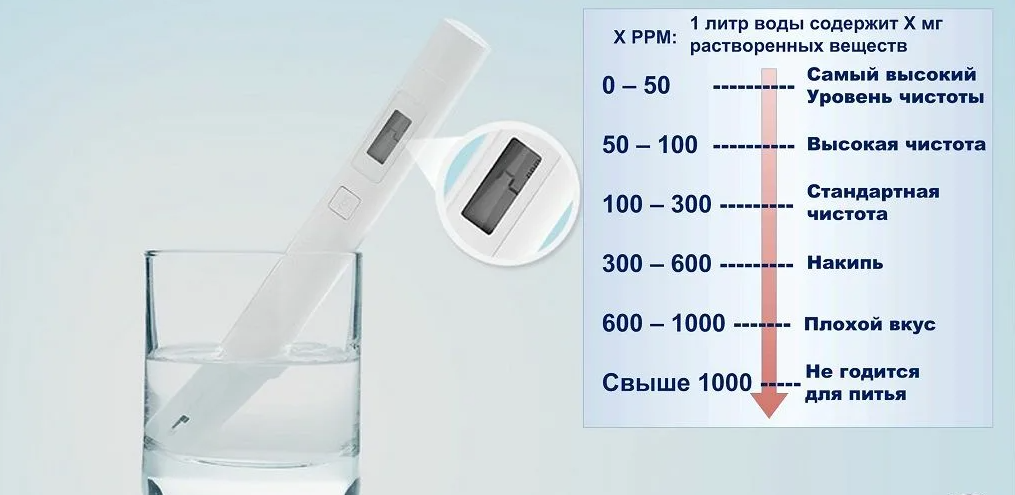
Determination at home
The following properties will help you independently determine the increased hardness of tap water:
- the appearance of an unpleasant, bitter taste in tea, coffee, cocoa;
- tea takes longer to brew;
- When cooked, meat becomes hard and difficult to chew;
- vegetables and grains take a long time to cook and may taste bitter;
- salt deposits and scale appear on the walls of dishes and kettles;
- A white coating appears on the comb, especially abundant if the hair has recently been washed;
- the laundry feels unpleasant after washing, dirt will remain and will not disappear even after several cycles;
- the health of the animals deteriorates, signs of diseases of the digestive system appear, the coat changes, the eyes become dull;
- soap, laundry detergent and other household chemicals almost stop foaming, and their consumption increases.
Water softening methods
Various methods are used to soften water. All existing methods can be divided into physical and chemical. Physical ones are based on the impact on water, for example, high temperature. The second involves the use of compounds, the principles of action and the effect of which vary greatly.
Thermal
When boiling, magnesium and calcium salts evaporate. Along with them, other useful components are destroyed. It is not advisable to use it frequently when the permissible values are greatly exceeded. Electrical appliances will break down, fail, and will have to be replaced regularly.
Reagent
Substances that react with harmful compounds are added to the working environment, after which the latter precipitate. Soda, lime, and some synthetic degradants can be used as processing reagents. The choice of reagents depends on whether water purification is required for drinking or, for example, for a dishwasher.
Electrodialysis
Based on the directed movement of electrolyte ions to the electrodes. Metals that cause hardness are retained by them, as a result of which they are separated from the water.
Distillation
The use of distillate not only reduces the concentration of harmful salts. Contents useful to the human body are also destroyed. Particular care should be taken if the hardness of the aquarium filler is adjusted in this way. Aquatic inhabitants are sensitive to environmental conditions; changes can negatively affect them. Distilled water is also required in some enterprises, for example, the pharmaceutical industry.
Cationation
Based on cation exchangers. These are solid substances that contain mobile ions. When water is passed through a cation resin filter, magnesium and calcium are replaced by sodium. This increases softness.
Nanofiltration
Nanofiltration refers to the separation of water by a membrane with one-way permeability. The operating principle is similar to a reverse osmosis filter. The selective layer is less dense and more permeable. The operating pressure indicator remains in the range from 3 to 20 atm. Membranes do not allow molecules or particles larger than 2 nm to pass through.
Membrane technology
Working environment under pressure of 3–4 atm. passed through a plate that allows only water molecules to pass through, but not dissolved compounds. The method eliminates 98% of additives, removes all harmful substances, and is not selective. The disadvantage is the high price of equipment and components that will have to be changed regularly.
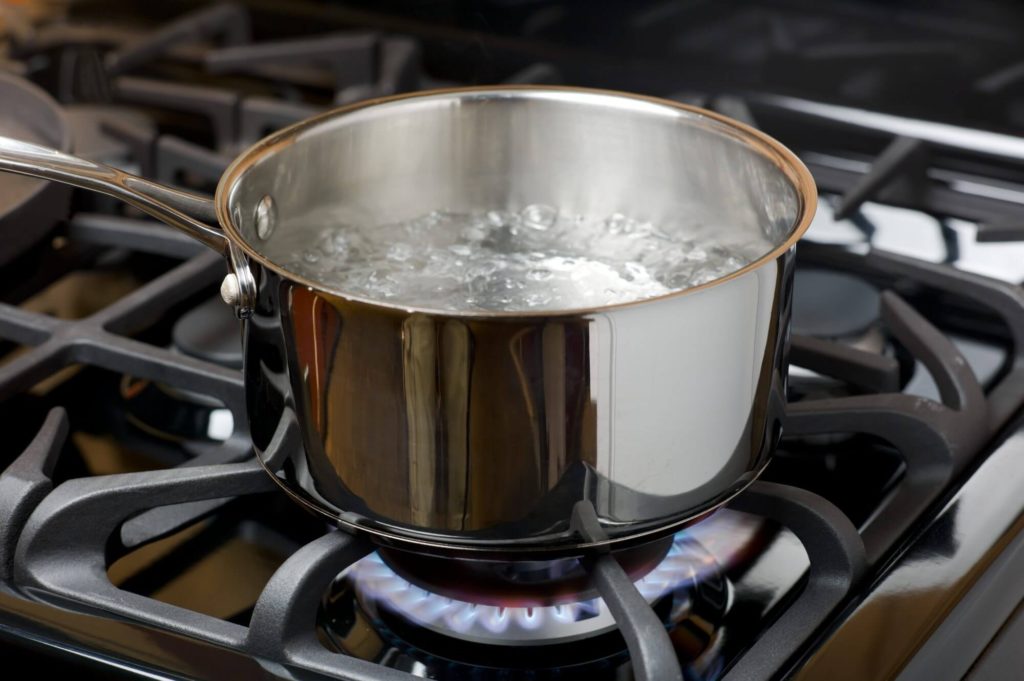
The effect of hard water on equipment
Electrical equipment also deteriorates due to excess impurities in water. All heating devices that come into contact with water quickly fail and break. It is necessary to regularly clean or replace parts on which scale accumulates.Mechanisms in irons, boilers, kettles, dishwashers, coffee makers, multicookers and other devices are damaged.
The performance of devices deteriorates. After washing, clothes continue to be insufficiently clean and white stains may appear on them. Irons also leave marks on the fabric when they come into contact with the fabric during ironing. At the bottom of the mug with the drink, sediment appears, which may look like sand or large flakes.
Communications also suffer. Scale forms on the surface of pipes, which leads to a narrowing of their lumen and blockages.
Water heaters, boilers, boilers often break down due to the appearance of scale. This can lead to the fact that in the cold season a person will be left without heat and urgent repairs will be required.
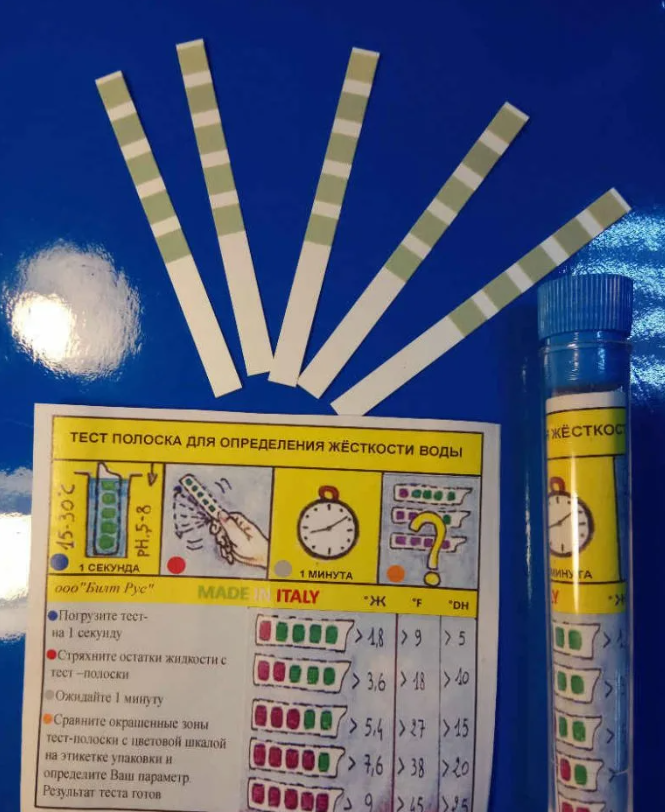
How to check the hardness of water in the dishwasher
A personal TDS thermometer can determine the indicators. It displays numbers on a built-in display and is controlled by buttons on the body. You can also contact local water utility employees by phone from home. They will tell you how hard the water is in your dishwasher system.
Water hardness by region of Russia
Depending on the area, water hardness can vary greatly.
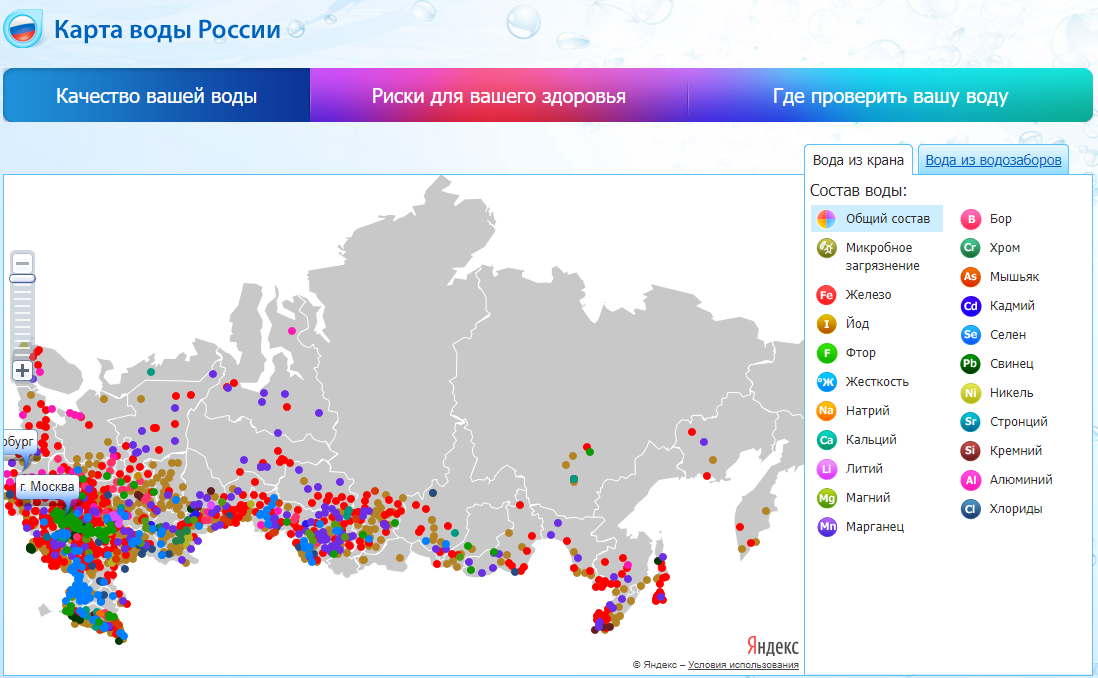
Moscow
In the capital, the hardness indicator by region is (in mg-eq/l):
- 4.8 – in Maryino;
- 4.6 – in Vykhino-Zhulebino;
- 4.6 – in South Butovo;
- 4.7 – in Mitino;
- 2.7 – in Otradnoye;
- 4.7 – in Yasenevo;
- 2.9 – in the South-Western Administrative District.
Saratov
The Saratov region is considered a region with soft water. The average value here is only 3.3 mEq/L.








